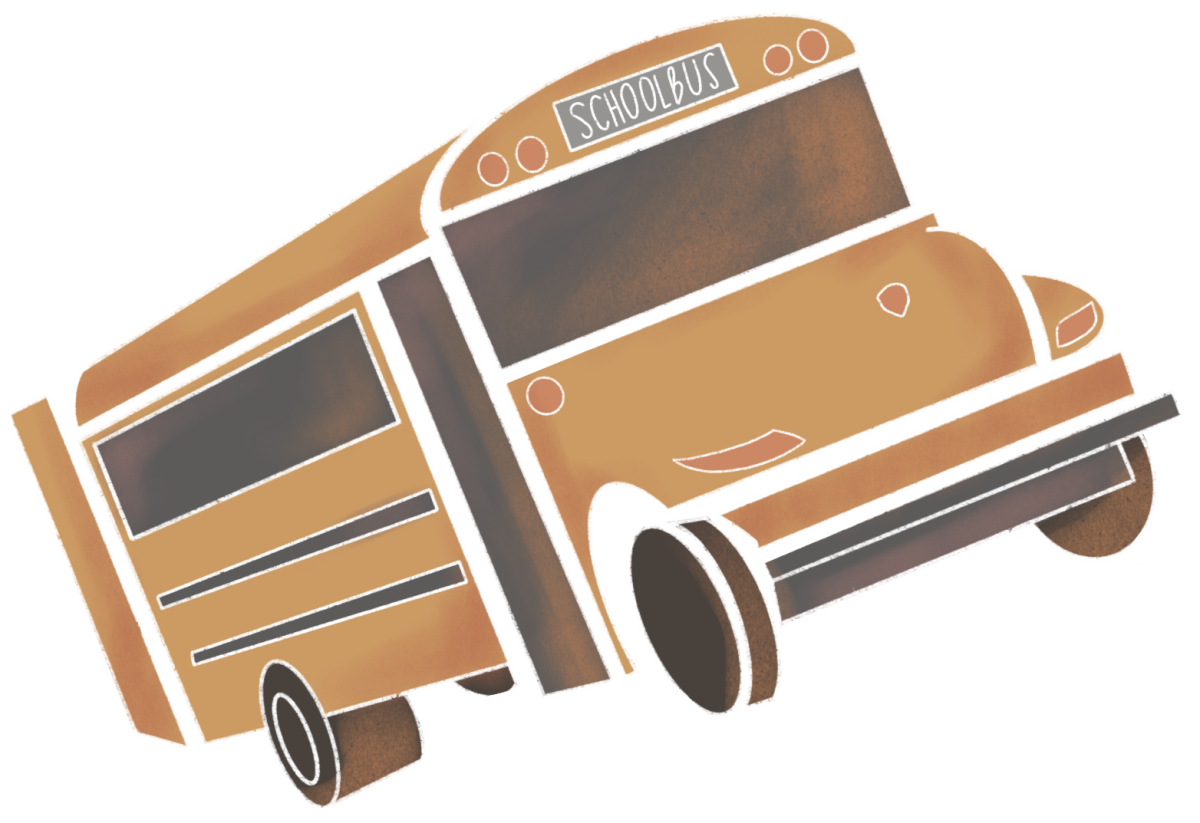For the past year, mostly due to the effects of COVID-19, low pay and benefits, and lack of appreciation, Austin Independent School District (AISD) has been dealing with a school bus driver shortage. For over a year now, this has been something that has had a big impact on the LASA community, especially during student arrival and dismissal. This problem has been uniquely showcased at LASA due to its students coming every day from all across Austin.
Kris Hafezizadeh, the head of transportation for AISD, has felt the stress from the shortages due to the lasting effects of COVID-19, and managing them has become a large part of his job. This school year, the district raised salaries for the bus drivers, but that has not completely alleviated the problem.
“It was bad [the] last couple of years, especially after COVID,” Hafezizadeh said. “You have a driver shortage, then you don’t have a permanent driver on the same bus every day. And when you put a sub driver on a bus, they will not know the students, they will not know the area, they will not know other logistics and that will cause delays, late arrivals, and so on.”
Sophomore Bouna Sakho explained how he was affected by the bus driver shortage when his bus started coming later this year and experiencing delays. It prevented him from doing as much homework as he would have been able to do otherwise.
“Usually the bus would come around 6:30, and it comes [at] 6:50 now,” Sakho said. “And so I get to school around 7:40, 7:50ish…I didn’t get much homework done because the bus came late…The past three days it’s been like this. It’s just been an issue.”
Due to LASA being a magnet school, it uses a different bus system as its students come from all over Austin instead of just one area. Buses pick up both Kealing Middle School and LASA students early in the morning, first stopping at Kealing between 7 and 7:15 a.m. to drop students off, then continuing to LASA. As a result, LASA students must be picked up earlier and spend more time on the bus to account for the Kealing students.
“It was just a longer time on the bus ride, and I wanted to get homework done,” Sakho said. “Last year, it was fine. I would come early and it would be just on time when I came, and it was a very peaceful ride. It was fast, it was quick. So, I got a lot of homework done last year.”
The Texas government recaptured most of the money collected for AISD schools through taxes. Hafezizadeh mentions that the recapture of money from schools, in general, has been a controversial topic recently. Many people advocate against recapture being sent to the state, arguing that public schools need and deserve it more.
“We are the district in Texas that pays the highest recapture back to the state,” Hafezizadeh said. “We get funding from the state every year, based on that, we are counted as a property-rich district, so the state takes part of that back to them so they can assist the districts that are not property-rich.”
Last year, AISD paid back $960 million to the state in recapture. According to Hafezizadeh, this number is disproportionately large because the formula being used to calculate recapture rates is outdated. This is part of the reason why bus drivers, and AISD staff in general, have low salaries compared to the cost of living in Austin, which is among the highest in the country.
“Austin now is the most expensive city in Texas,” Hafezizadeh said. “The cost of living here is outrageous. Our teachers, all our other employees, they deserve more. When you buy new groceries, six, seven years ago it was 100 bucks on average, but now it costs about 200 bucks. So everything has almost doubled, but when you remain at the same wages, then you have stressed, unhappy employees.”
This school year, however, AISD reacted to the shortage with a wage increase of 7% for all teachers and drivers. The raise helped ease the shortage as more people sent in applications giving AISD the capability to hire more bus drivers and allocate them around the district.
“This year is much, much better than previous years,” Hafezizadeh said. “The reason for that is our district approved a nice increase of $4 an hour for all employees. Also, our starting wage from $21 starting this year went to $25 an hour, plus the other benefits that the district provides for our employees. So we have been able to hire more, to receive more applications and things like that versus previous years.”
Rae Hudson, a bus driver for AISD, often heard her coworkers talking about how bus driver shortages were a pre-existing problem. According to her, there was always somewhat of a shortage until the wage increases happened.
“The bus driver shortage was really big last year for our district,” Hudson said. “This year it seems to be a bit alleviated, and I’m almost certain it’s because of the wage increase. I would say that there’s probably always been a shortage.”
Texas has a public school system notorious for its low pay to staff, among other issues such as mental health and even school shootings. According to Hudson, part of the reason people don’t want to be bus drivers is that they get little respect, though the job is very demanding.
“This is a job where it’s very underappreciated,” Hudson said. “Not a lot of people respect us. Even though we do hold a CDL (Commercial Driver’s License), even though we go in for random drug testing and alcohol testing, even though every year we have to have a yearly physical, it’s a thankless job.”








